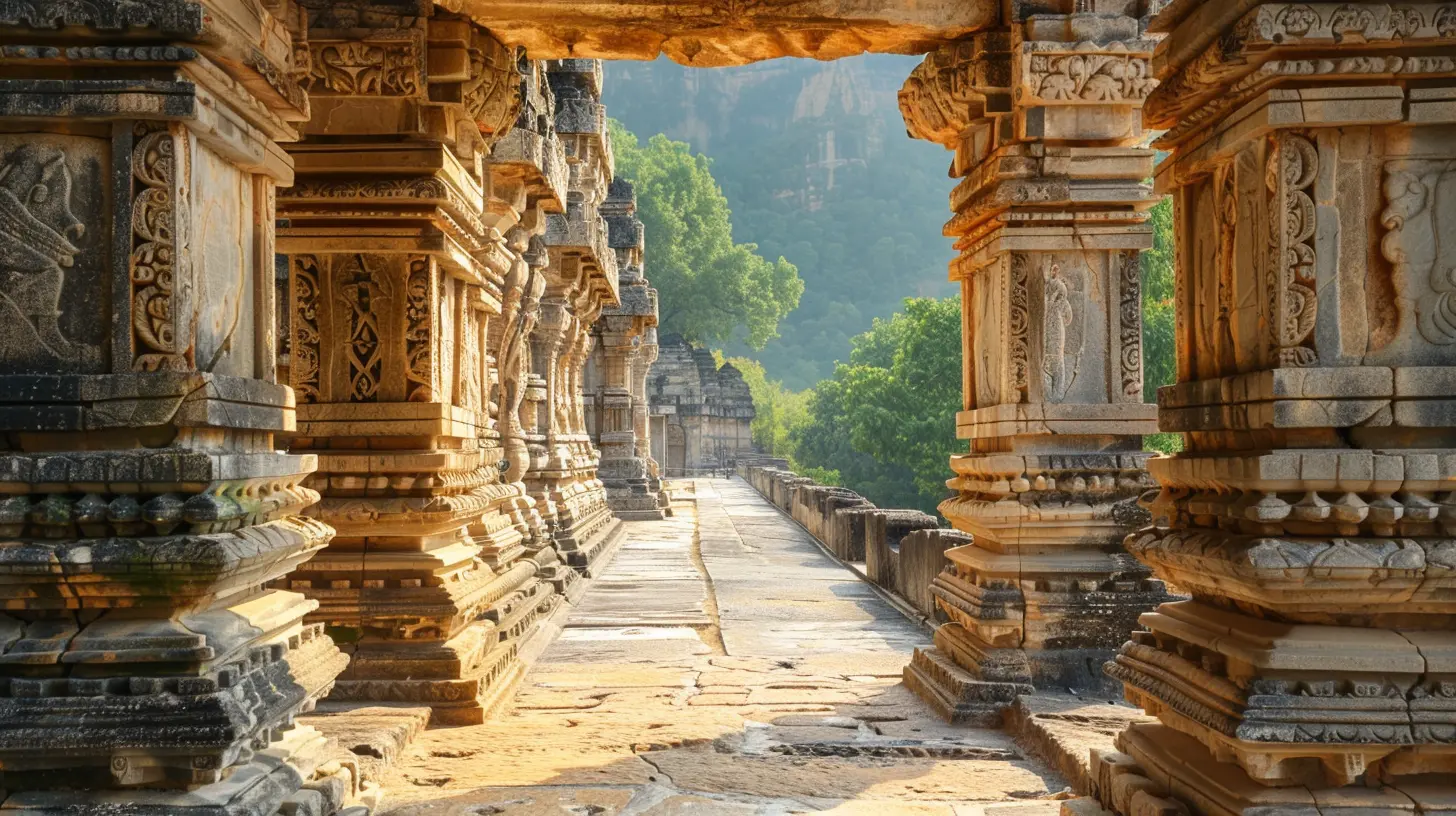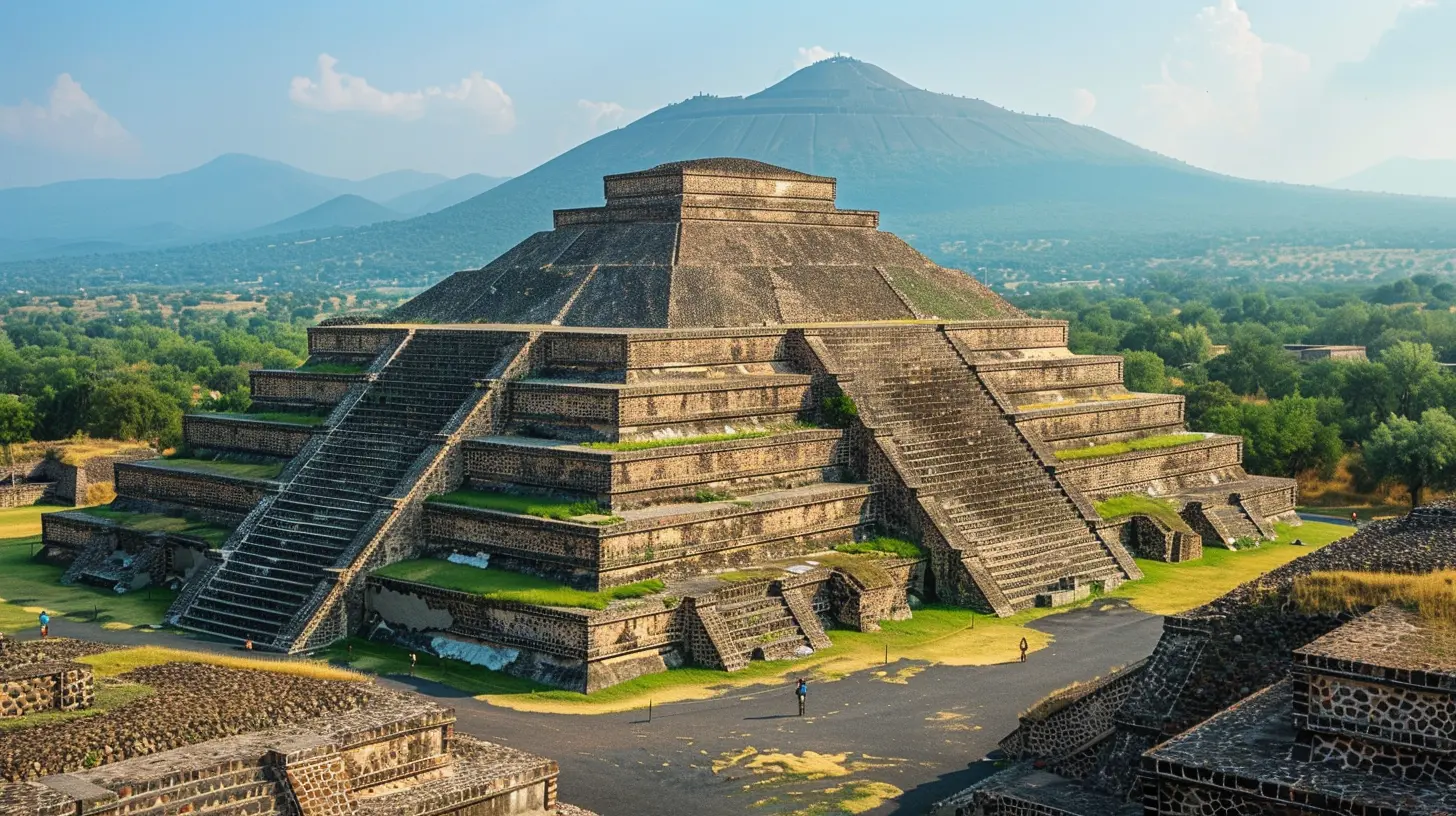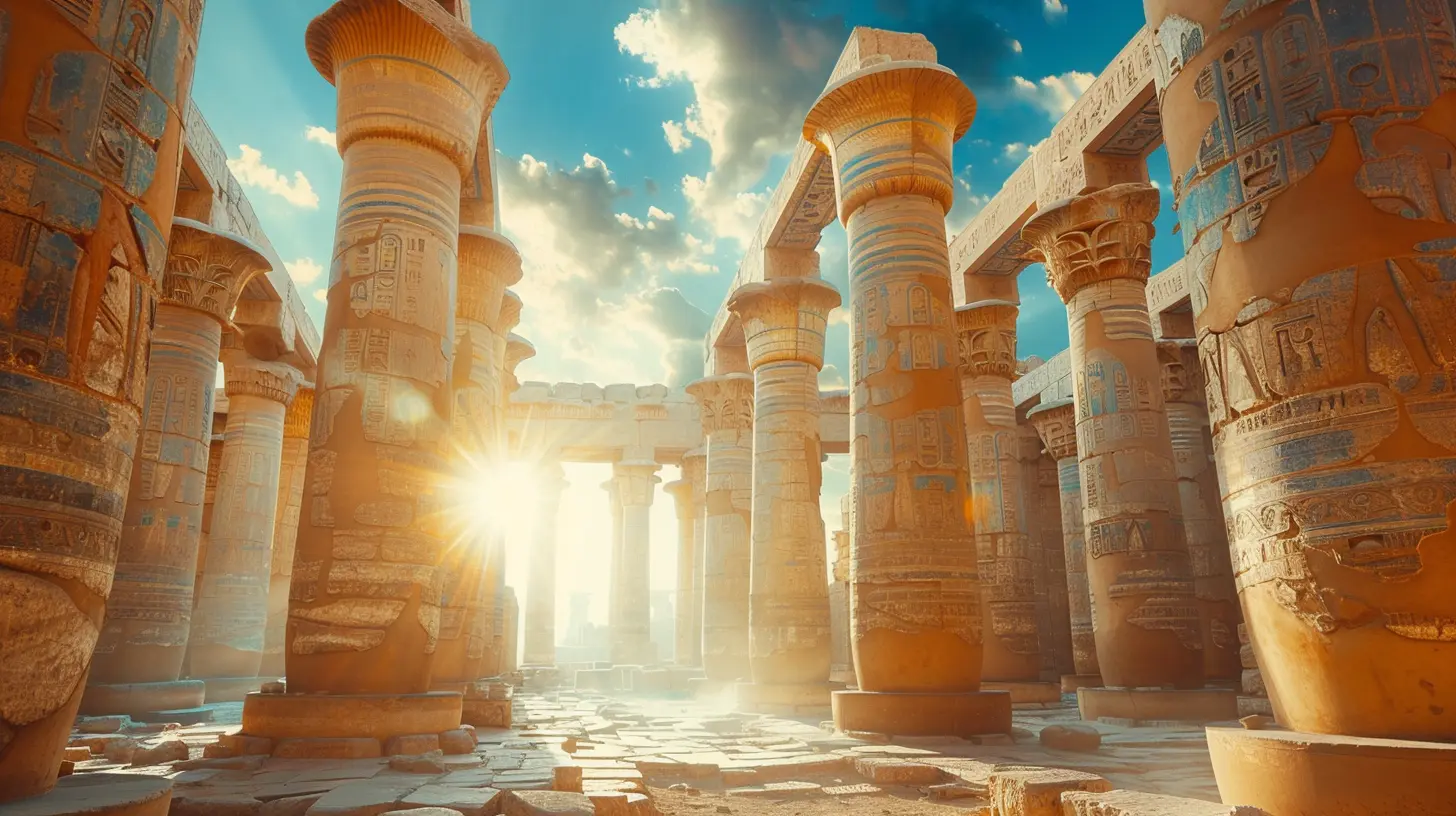Pilgrimages to Sacred UNESCO Sites Across the Globe
11 September 2025
When people think about traveling, they might picture tropical beaches, bustling cities, or serene mountains. But for many, travel takes on a deeper, more profound meaning—embarking on journeys not just to explore, but to seek spiritual enrichment. Pilgrimages have been a part of human history for thousands of years, with people seeking solace, enlightenment, or connection to something bigger than themselves.
Now imagine visiting a place so special, so significant, that the world has recognized it as a piece of humanity’s shared heritage. That’s exactly what you get when you visit sacred UNESCO sites. These places aren’t just spiritually significant; they’re also culturally and historically crucial to humanity. Let’s take a journey together to discover some of the most awe-inspiring sacred UNESCO sites across the globe.
What Makes a Site "Sacred" and a UNESCO World Heritage Site?
Before diving into our list of sacred UNESCO sites, it's worth pausing to understand what makes a site "sacred" and what qualifies a place to be a UNESCO World Heritage Site. A sacred site is typically a place embedded with religious, spiritual, or historical significance. This could range from ancient temples and monasteries, to natural formations believed to be connected to divine forces.UNESCO (United Nations Educational, Scientific and Cultural Organization) identifies these places as World Heritage Sites because they are of “outstanding universal value.” In other words, they tell a part of the story of human civilization that deserves to be preserved for future generations.
So, if you're planning a pilgrimage, why not visit one of these extraordinary places that blend spiritual significance with historical importance?
1. The Vatican City, Italy: Heart of Catholicism
Spiritual Importance
No list of sacred UNESCO sites would be complete without mentioning Vatican City, the smallest country in the world and the epicenter of the Roman Catholic Church. Nestled within Rome, this city-state is home to St. Peter’s Basilica, one of the largest and most architecturally stunning churches in the world. Catholics believe St. Peter, one of Jesus’ apostles and the first Pope, is buried here.Why it's a UNESCO Site
The Vatican is not just a religious powerhouse but also a treasure trove of art and history. The Vatican Museums hold some of the most famous works of Renaissance art, including Michelangelo's breathtaking Sistine Chapel ceiling. Each year, millions of pilgrims and tourists alike make their way to the Vatican to soak in both its spiritual essence and historical significance.
2. Varanasi, India: The Spiritual Capital of India
Spiritual Importance
Varanasi, located along the banks of the sacred Ganges River, is considered the holiest city in Hinduism. Legend has it that the city was founded by Lord Shiva over 5,000 years ago, making it one of the world's oldest continually inhabited cities. Hindus believe that dying in Varanasi releases the soul from the cycle of birth and death, granting moksha (liberation).Why it Could Be a UNESCO Site
While Varanasi is not yet a UNESCO World Heritage Site (surprising, right?), it’s included in UNESCO’s tentative list. The city's ghats (series of steps leading down to the river), temples, and ancient buildings make it a living museum. Add to that the spiritual experience of watching the daily Ganga Aarti (river worship ceremony), and it's no wonder why Varanasi holds such a profound place in Hindu spirituality.
3. Jerusalem, Israel: A Melting Pot of Faiths
Spiritual Importance
Jerusalem is a sacred city for three of the world's major religions: Judaism, Christianity, and Islam. For Jews, it’s home to the Western Wall, the last remaining part of the Second Temple. Christians travel here to follow in Jesus’ footsteps, particularly along the Via Dolorosa, believed to be the path Jesus walked on his way to crucifixion. For Muslims, the Al-Aqsa Mosque, located on the Haram al-Sharif (Temple Mount), is the third holiest site in Islam.Why it's a UNESCO Site
The Old City of Jerusalem and its walls were declared a UNESCO World Heritage Site in 1981. Spanning centuries of history, Jerusalem's multiple layers of religious and political significance make it one of the most complex and fascinating places in the world. Pilgrims visiting Jerusalem are literally walking through history, with every corner holding a story sacred to millions of people worldwide.4. Mount Athos, Greece: The Holy Mountain
Spiritual Importance
Mount Athos, often referred to as "The Holy Mountain," is a significant site for Eastern Orthodox Christians. A monastic community has existed here for over 1,000 years, and today, 20 monasteries still operate within this autonomous region in northern Greece. The mountain is a place of deep spiritual reflection, prayer, and monastic life, and women are prohibited from entering.Why it's a UNESCO Site
Since 1988, Mount Athos has been a designated UNESCO World Heritage Site. This isn't only because of its religious value but also due to its rich biodiversity and stunning landscapes. Pilgrims who visit Mount Athos are often struck by the beauty and tranquility of this sacred place. However, visiting is no simple task—only male pilgrims are allowed, and obtaining a visitor's permit can take months.5. Borobudur, Indonesia: A Buddhist Pilgrimage
Spiritual Importance
Borobudur is one of the most astounding Buddhist monuments in the world, located on the Indonesian island of Java. Built in the 9th century, this massive temple complex is designed as a vast, multi-layered mandala. Pilgrims come to Borobudur and walk through these layers, ascending towards enlightenment, just as the journey symbolizes the path to Nirvana.Why it's a UNESCO Site
In 1991, Borobudur was inscribed as a UNESCO World Heritage Site. Besides its religious importance, the temple is an architectural marvel, featuring over 2,600 relief panels and hundreds of Buddha statues. Sunrise over Borobudur is one of the most spiritual experiences imaginable, as the fog lifts and the temple emerges in all its glory.6. Mecca, Saudi Arabia: The Pinnacle of Islamic Pilgrimage
Spiritual Importance
For Muslims, Mecca is the holiest city in existence. Every year, millions of Muslims from around the world participate in the Hajj pilgrimage, one of the Five Pillars of Islam, which every Muslim is required to perform at least once in their lifetime if they are able. The Kaaba, located in the Masjid al-Haram (The Grand Mosque), is the most sacred site in Islam, and pilgrims ritually walk around it during their Hajj.Why it Could Be a UNESCO Site
Though Mecca is currently not a UNESCO World Heritage Site, it is undeniably one of the most spiritually significant places on Earth. The Hajj pilgrimage continues to be one of the largest annual gatherings of people globally. While it remains off the UNESCO list, its religious and historical impact is indisputable.7. Lumbini, Nepal: The Birthplace of Buddha
Spiritual Importance
Lumbini is the birthplace of Siddhartha Gautama, who would later become the Buddha, founder of Buddhism. This makes Lumbini one of the most sacred pilgrimage destinations for Buddhists around the world. Pilgrims visit the Maya Devi Temple, which marks the exact spot where Buddha was born.Why it's a UNESCO Site
Lumbini was granted World Heritage status by UNESCO in 1997 for its immense spiritual and historical significance. The site contains ruins of ancient monasteries and temples, with the Sacred Garden offering a peaceful place for reflection. The tranquillity and spiritual energy of Lumbini make it an ideal pilgrimage site for those seeking inner peace and enlightenment.8. Camino de Santiago, Spain: The Way of St. James
Spiritual Importance
The Camino de Santiago, or the Way of St. James, is one of the most famous Christian pilgrimage routes in the world. Pilgrims walk for weeks or even months across Spain to reach the Cathedral of Santiago de Compostela, where the remains of St. James are believed to be buried.Why it's a UNESCO Site
The routes leading to Santiago de Compostela were declared a UNESCO World Heritage Site in 1993. Over the centuries, millions of pilgrims have walked the Camino, not just for religious reasons but as a form of spiritual retreat, a time to reflect and connect with something greater than themselves. The Camino has taken on a universal appeal, open to anyone seeking personal growth, regardless of their religious beliefs.Why Visit Sacred UNESCO Sites?
Visiting sacred UNESCO sites is more than just a trip; it's a pilgrimage in every sense of the word. It allows you to walk in the footsteps of history, where generations of people have gone in search of meaning and connection. No matter your own spiritual beliefs, these places have the power to inspire and transform, as they have done for countless souls before you.And let’s face it, they’re perfect blends of culture, history, spirituality, and awe. Whether you're seeking enlightenment or simply curious about humanity's shared heritage, sacred UNESCO sites promise an unforgettable experience.
all images in this post were generated using AI tools
Category:
Unesco SitesAuthor:

Ian Powell
Discussion
rate this article
1 comments
Hugo McGlynn
Who knew spiritual enlightenment came with a side of scenic selfies? Pack your bags and your best walking shoes—these UNESCO sites are ready to bless your Instagram feed!
September 15, 2025 at 3:23 AM

Ian Powell
Absolutely! Combining spiritual journeys with stunning views makes for a memorable experience and fantastic photos. Happy travels!


